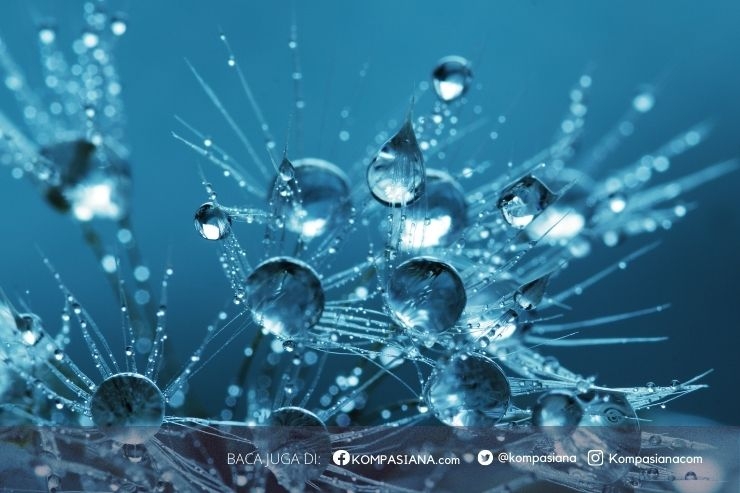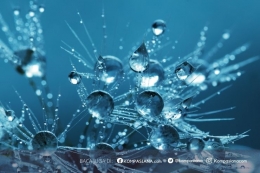The absorbed light energy is transferred to the reaction center of the optical system, where it excites electrons. These high-energy electrons pass through the electron transport chain, a series of proteins embedded in the thylakoid membrane. As electrons move through this chain, energy is released and used to generate ATP (adenosine triphosphate) and NADPH (nicotinamide adenine dinucleotide phosphate).
1.1.3 Water decomposition:
During the electron transport chain, water molecules are broken down through a process called photolysis. This releases oxygen, essential for life on Earth, as a by-product and replenishes the photochemical system with electrons.
1.2 Light-Independent Reactions (Calvin Cycle):
Light-independent reactions occur in the stroma, the fluid-filled region of the chloroplast. This cycle uses ATP and NADPH produced during light-dependent reactions to produce glucose, the main energy source for plants and other organisms. Here's an overview of the Calvin cycle:
1.2.1 Carbon dioxide fixation:
In a series of enzyme-catalyzed reactions, atmospheric carbon dioxide (CO2) combines with a five-carbon molecule called ribulose diphosphate (RuBP). This process is called carbon dioxide fixation and is facilitated by the enzyme Rubisco.
1.2.2 Glucose production:
The 6-carbon molecule formed after carbon dioxide fixation quickly decomposes into two 3-carbon compounds called phosphoglycerates (PGA). Through a series of enzymatic conversions, PGA is finally converted to glucose.
1.2.3 Playing RuBP:
To maintain the Calvin cycle, some of the molecules produced must be used to regenerate the original five-carbon molecule, RuBP. This ensures continuous fixation of carbon dioxide and continuous production of glucose.







